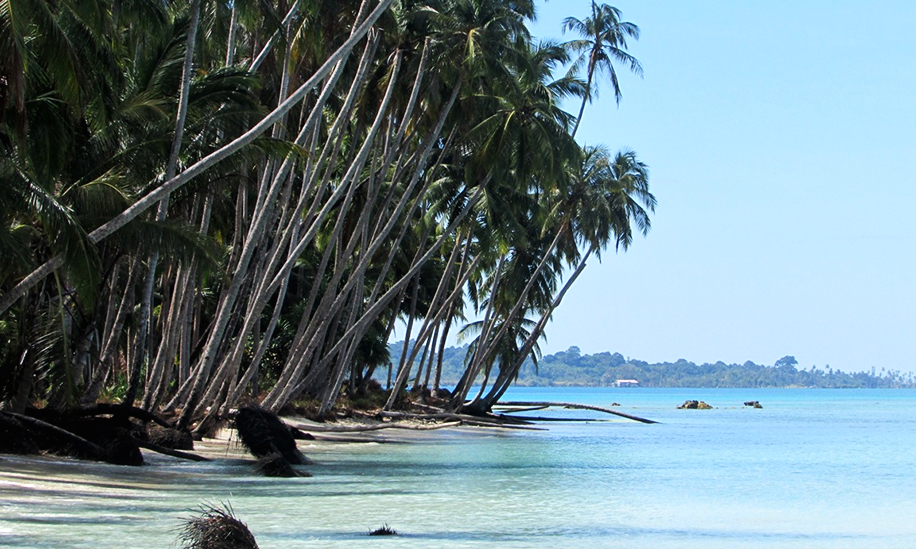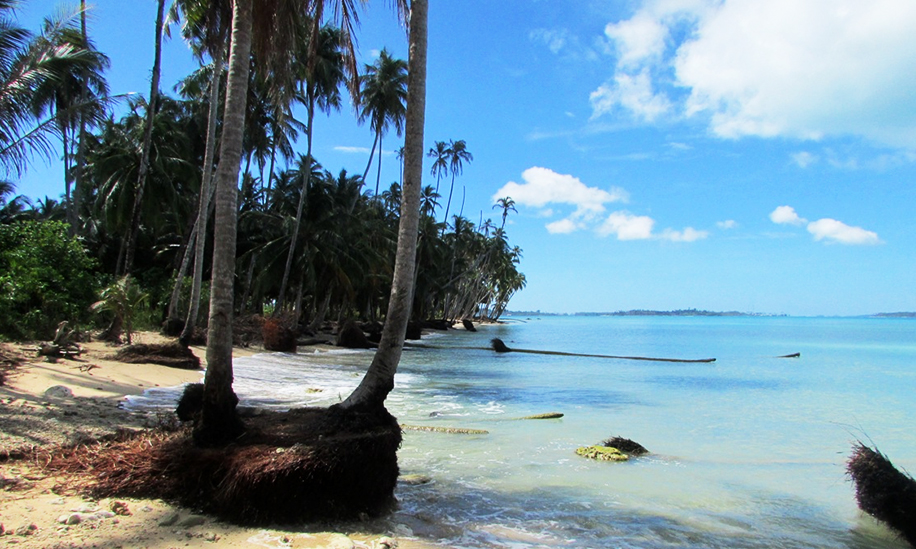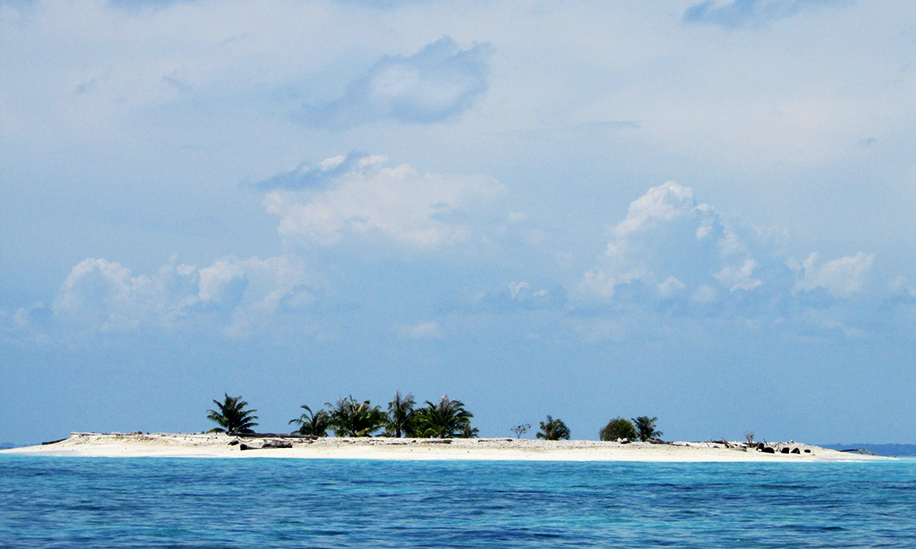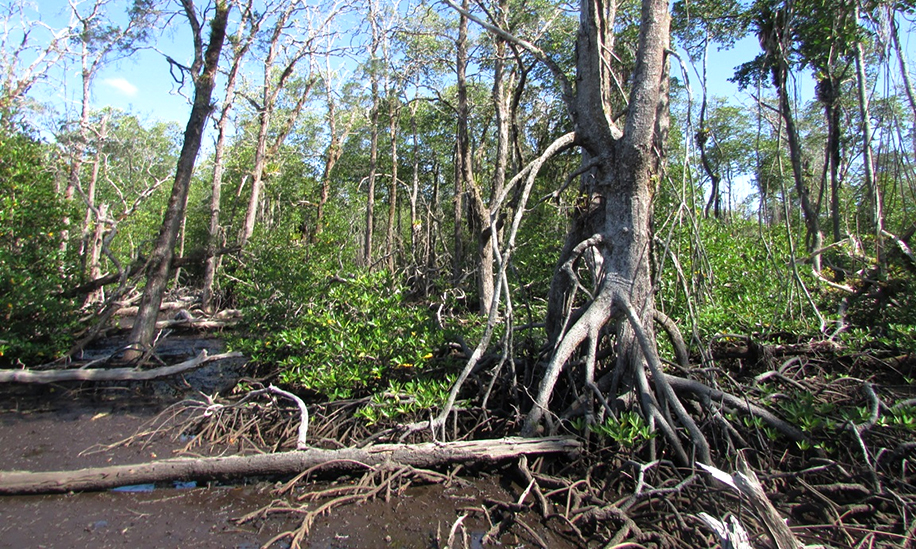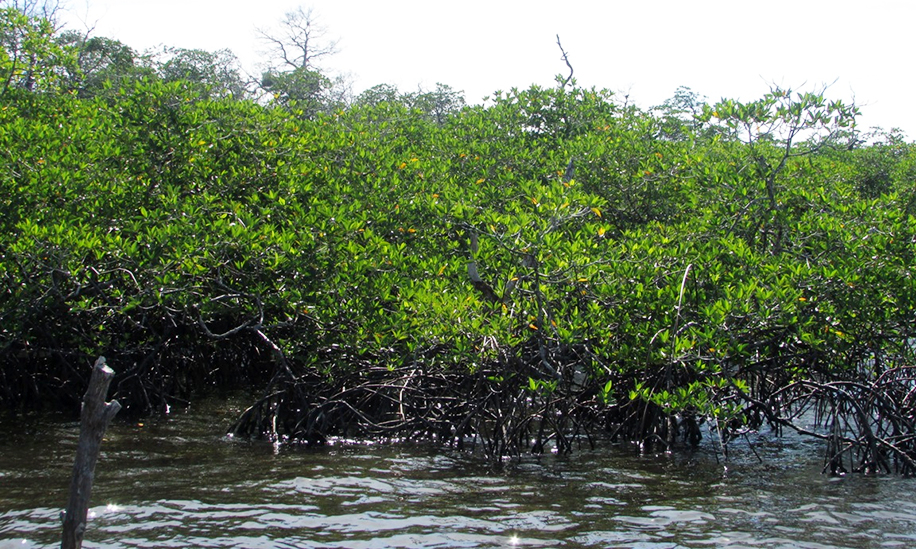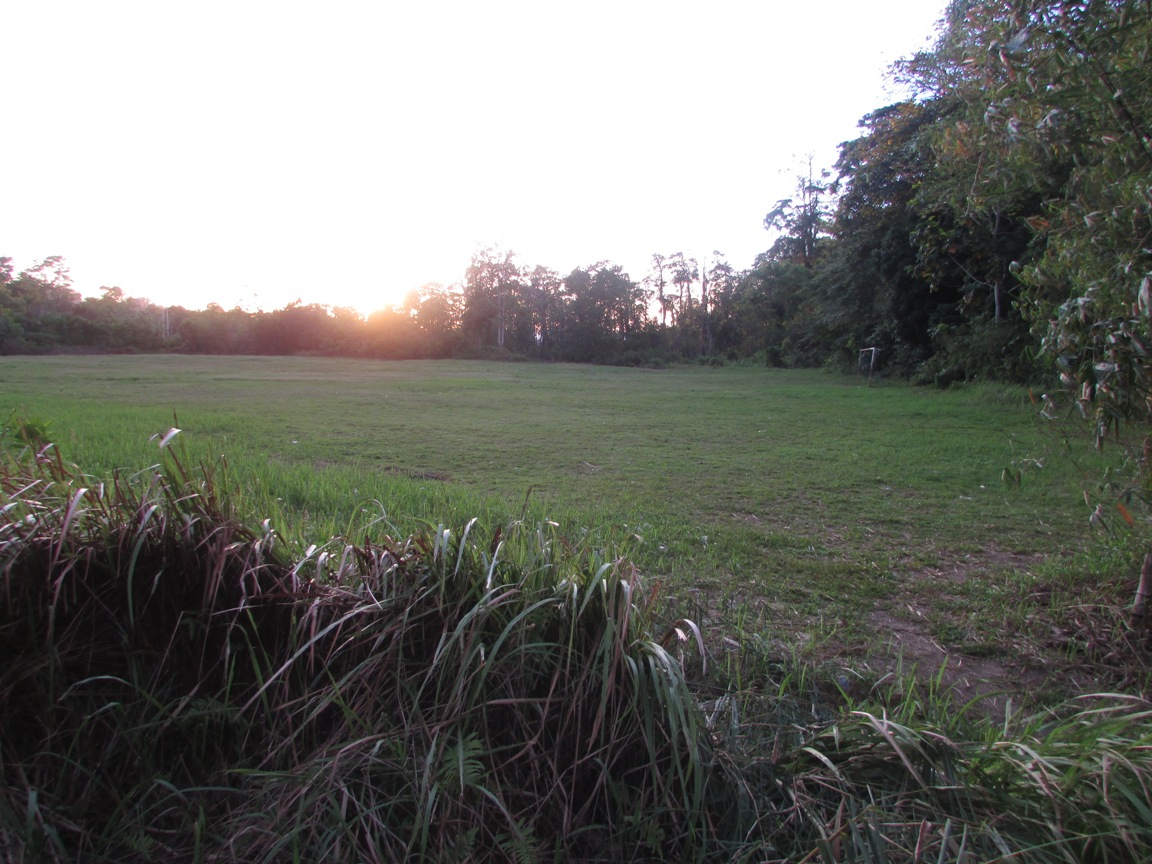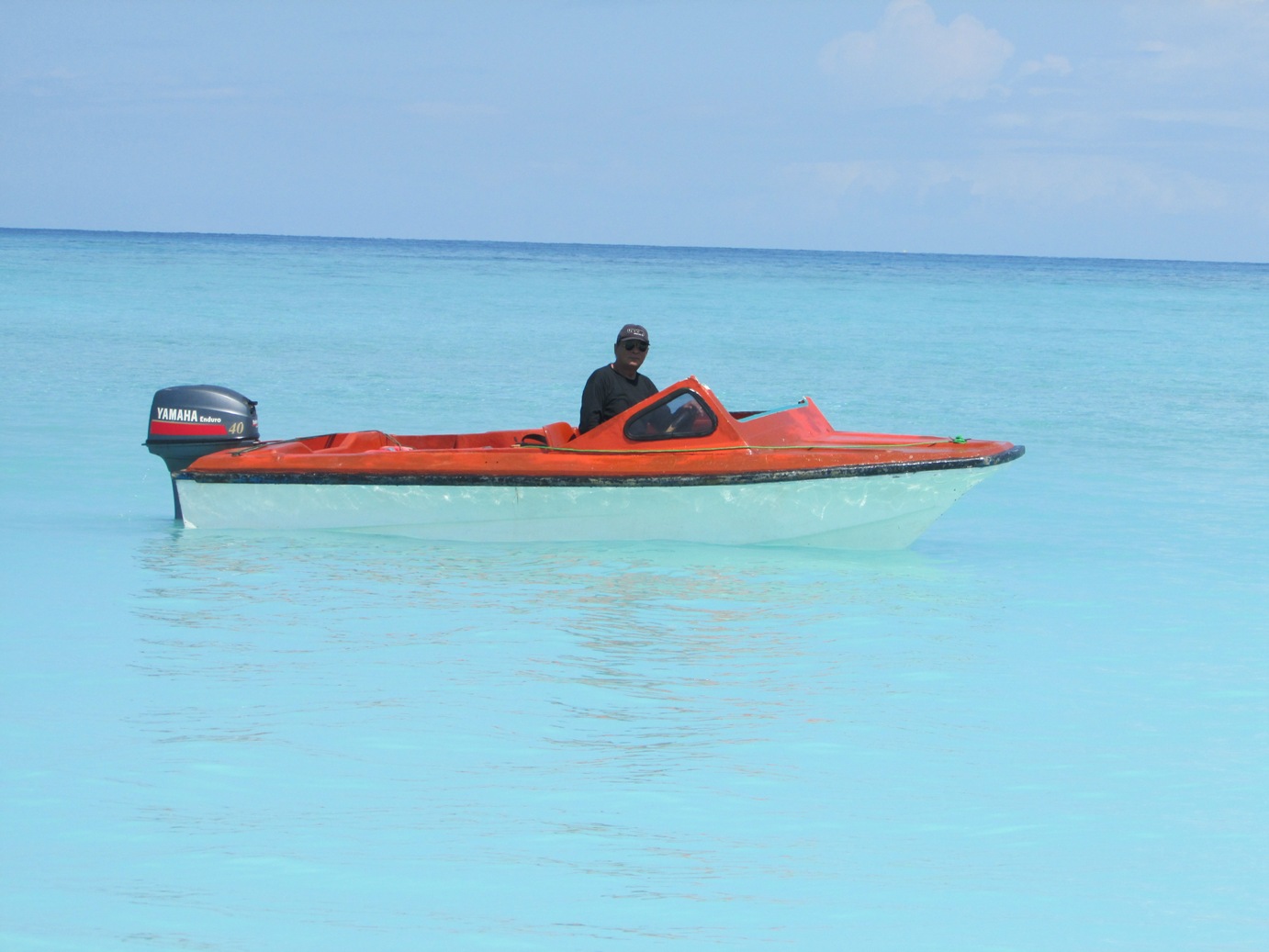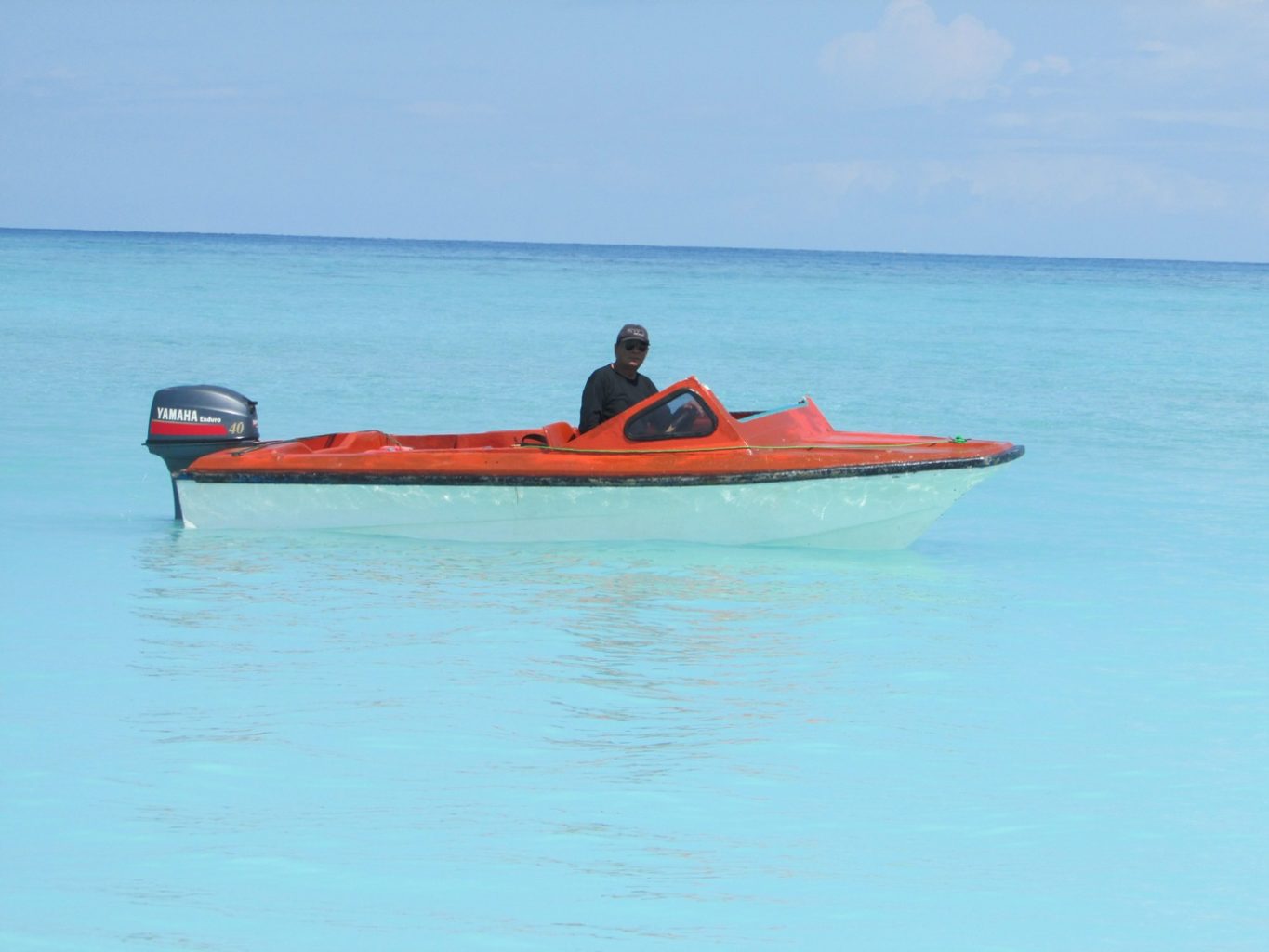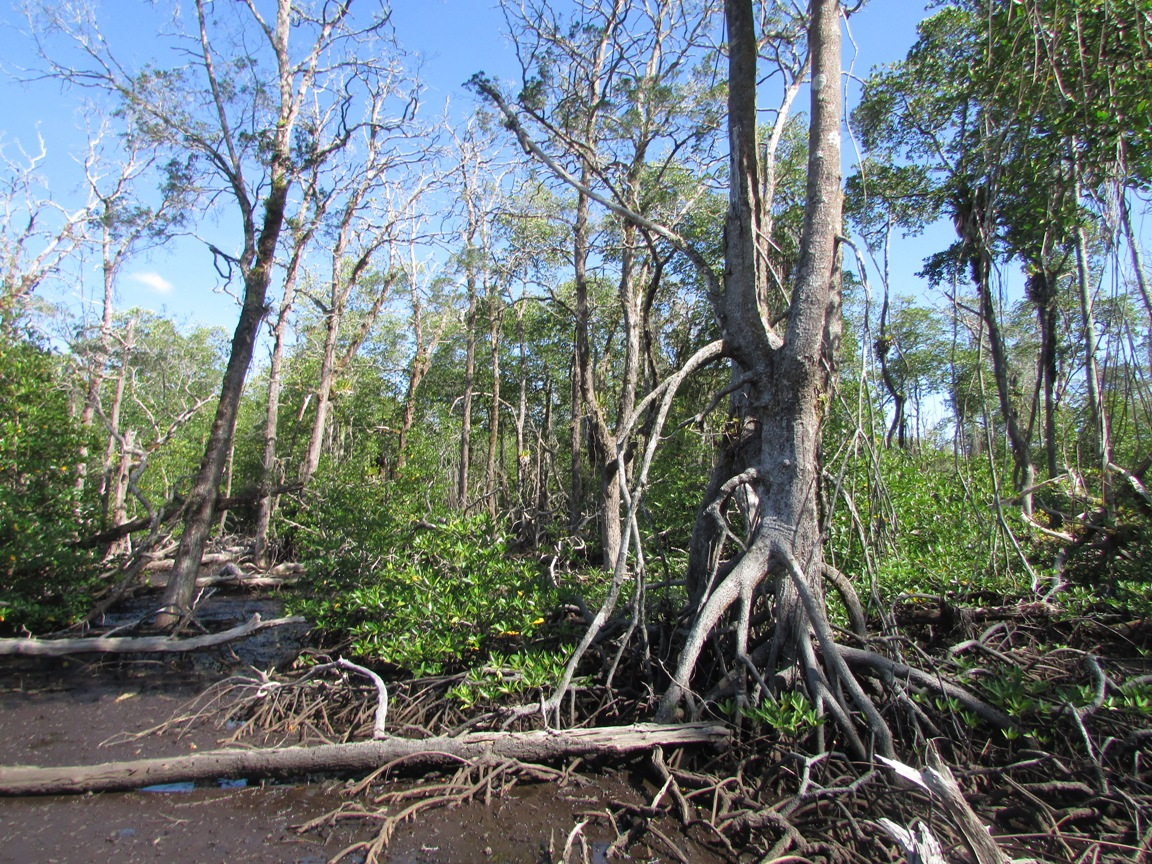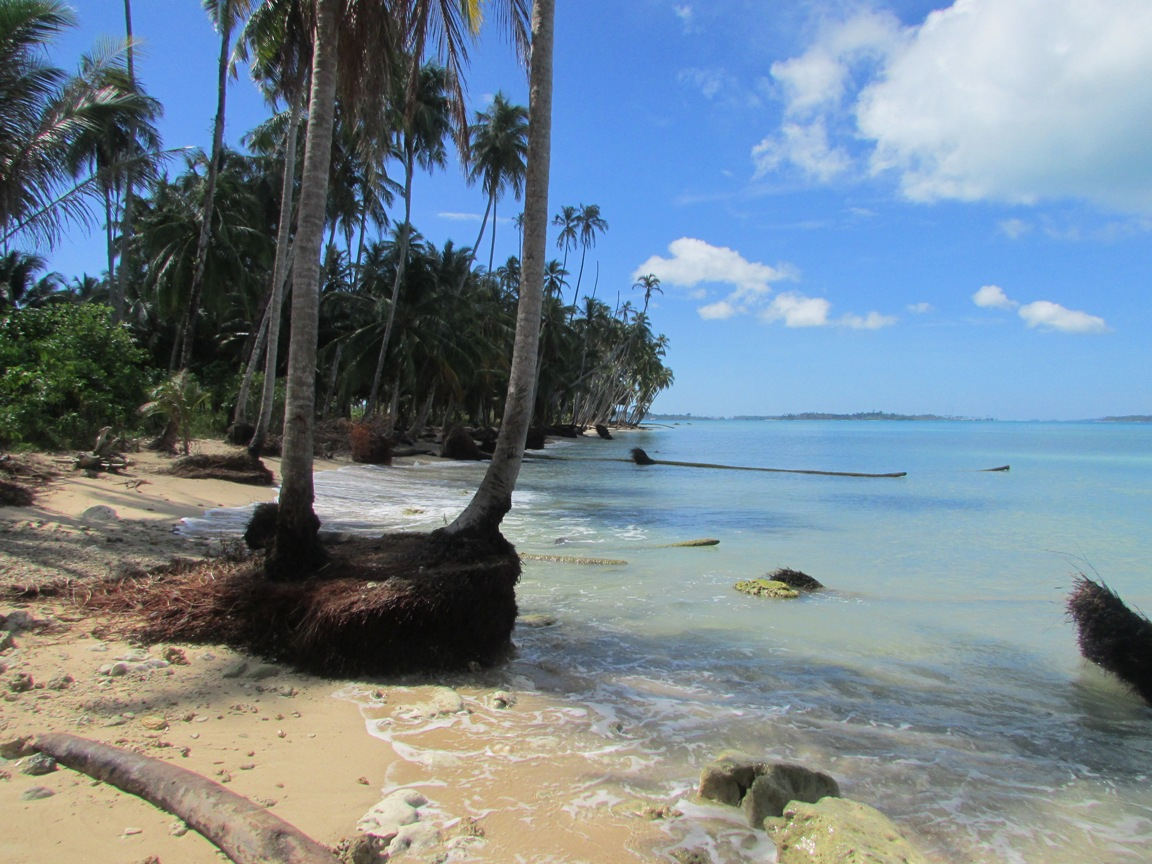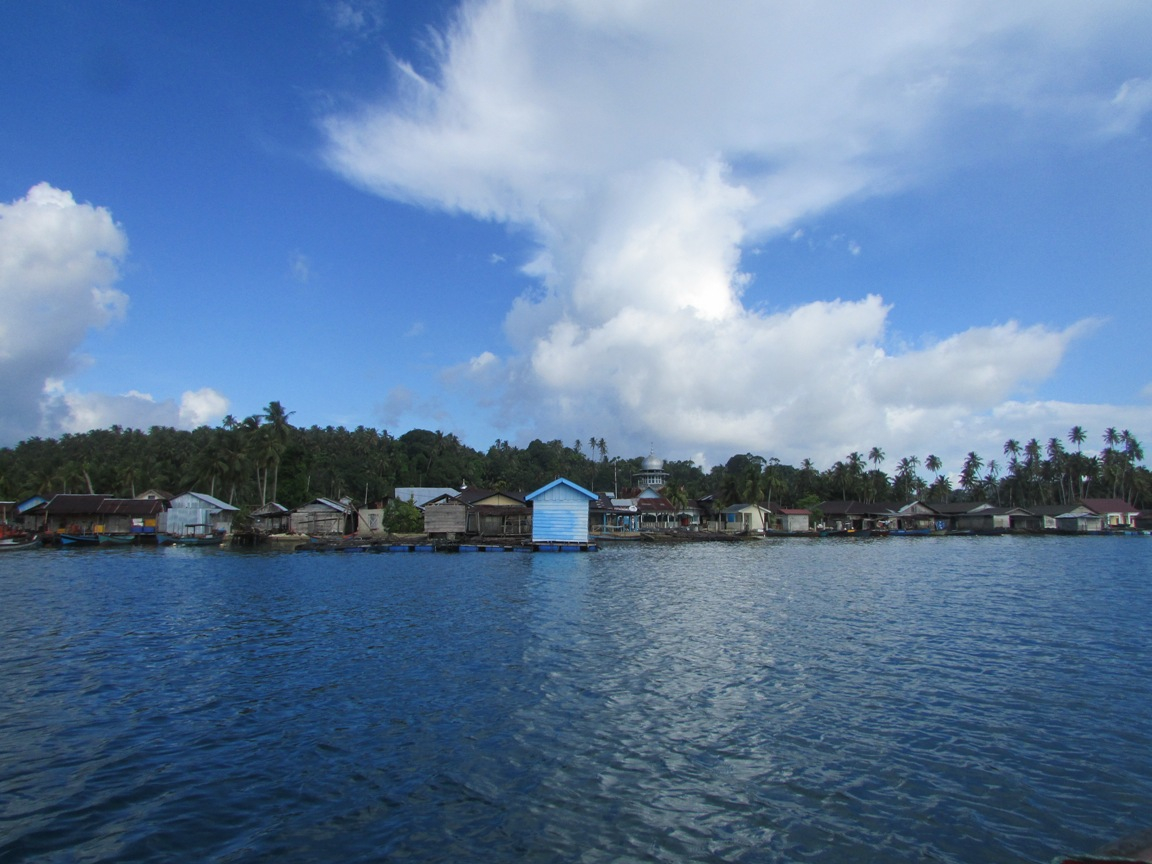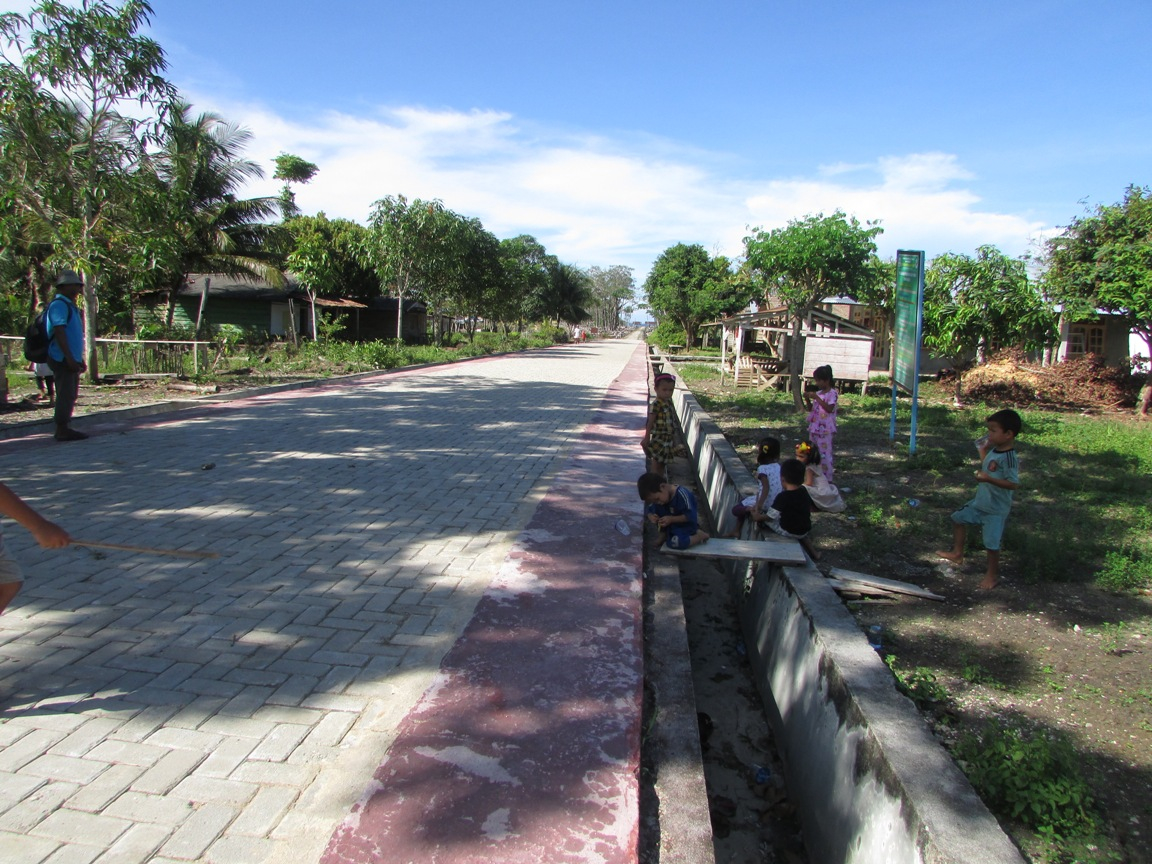Pulau Banyak (“Many Islands”) is a cluster of about 40 islands, located 4.5 hours by boat off the west coast of North Sumatra in the Aceh region of Indonesia. The islands support a population of 7,000 people, who live in seven villages on only three of the islands. Four of these villages propose to create no-take areas in their respective jurisdictions. The areas will be regulated by village traditional law, or hukum adat kampong.
In return, Seacology will fund projects requested by each village. In Desa Teluk Nibung, Seacology will fund a soccer field, and the village will protect 1,008 acres of coral reef and 12 acres of forest for 10 years. The village of Pulai Balai will use a Seacology grant to rebuild a village youth meeting hall and will protect 217 acres of coral reef and five acres of adjoining land for 10 years. In Desa Suka Makmur, Seacology will fund concrete gutters; the village will protect 94 acres of forest, 106 acres of mangrove forest, and 114 acres of marine area. Finally, in Desa Ujung Sialit, Seacology will fund a soccer field, in exchange for protection of 326 acres of coral and seagrass, and 42 acres of mangrove forest.


